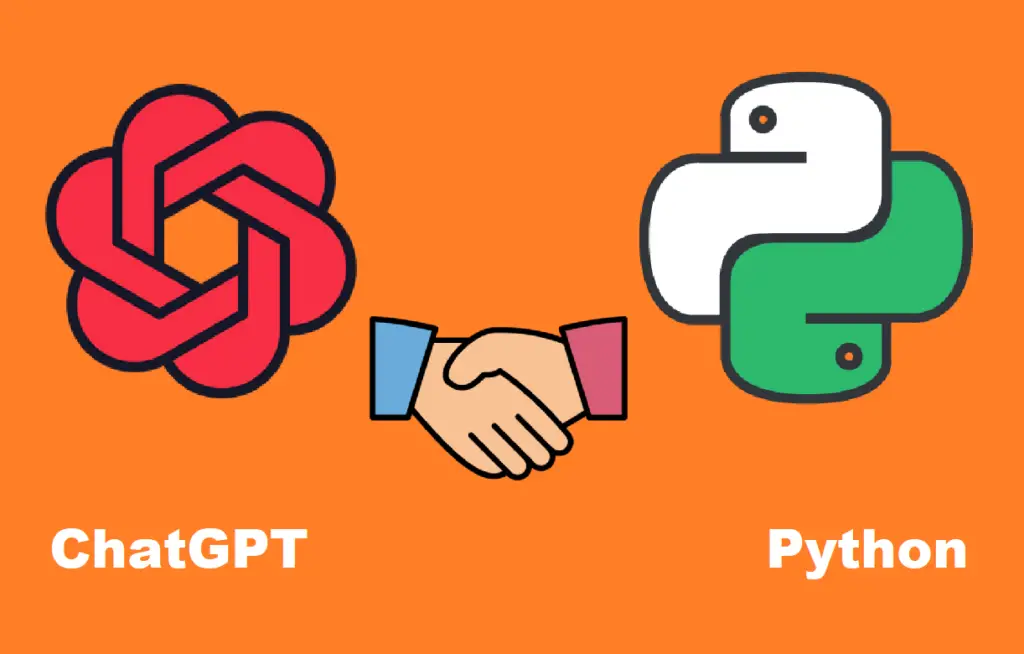
PHP生成高并发订单的唯一随机数
在高并发环境下,生成唯一随机数作为订单号是一项重要的任务。订单号是用来标识每个订单的唯一字符串,确保订单的唯一性和不重复。生成唯一的随机数需要考虑到并发请求的处理,并确保生成的订单号不会重复。
下面是一个使用PHP生成高并发订单唯一随机数的示例代码:
```php
function generateOrderNumber() {
$timestamp = microtime(true) * 10000; // 获取当前时间戳的毫秒部分
$random = mt_rand(100, 999); // 生成一个3位的随机数
$orderNumber = $timestamp.$random; // 订单号由时间戳和随机数组成
return $orderNumber;
}
$orderNumber = generateOrderNumber();
```
在这个示例中,我们结合了当前时间戳的毫秒部分和一个随机数来生成唯一的订单号。在高并发环境下,时间戳的毫秒部分很可能是相同的,因此我们再添加一个随机数来增加订单号的唯一性。
然而,在高并发环境下,上述方法可能会生成重复的订单号。在订单生成的瞬间,可能有多个请求同时调用代码生成订单号,导致生成相同的订单号。
为了解决这个问题,可以使用分布式唯一ID生成算法,如Snowflake算法。Snowflake算法是Twitter开源的分布式唯一ID生成算法,可以在分布式系统中生成唯一的64位ID。
以下是使用Snowflake算法生成唯一ID的示例代码:
```php
class Snowflake {
private $machineId;
private $epoch;
private $machineIdBits = 5;
private $maxMachineId = -1 ^ (-1 << $this->machineIdBits);
private $sequenceBits = 12;
private $sequenceMask = -1 ^ (-1 << $this->sequenceBits);
private $timestampShift = $this->machineIdBits + $this->sequenceBits;
private $lastTimestamp = -1;
private $sequence = 0;
public function __construct($machineId, $epoch) {
if ($machineId > $this->maxMachineId || $machineId < 0) {
throw new Exception('Machine ID out of range');
}
$this->machineId = $machineId;
$this->epoch = $epoch;
}
public function generateUniqueId() {
$timestamp = $this->getCurrentMicrotime() - $this->epoch;
if ($timestamp < $this->lastTimestamp) {
throw new Exception('Clock moved backwards');
}
if ($timestamp === $this->lastTimestamp) {
$this->sequence = ($this->sequence + 1) & $this->sequenceMask;
if ($this->sequence === 0) {
$timestamp = $this->waitNextMillis($timestamp);
}
} else {
$this->sequence = 0;
}
$this->lastTimestamp = $timestamp;
return (($timestamp << $this->timestampShift) |
($this->machineId << $this->sequenceBits) | $this->sequence);
}
private function getCurrentMicrotime() {
list($usec, $sec) = explode(' ', microtime());
return (int) ((float) $usec + (float) $sec);
}
private function waitNextMillis($timestamp) {
$nextTimestamp = $this->getCurrentMicrotime() - $this->epoch;
while ($nextTimestamp <= $timestamp) {
$nextTimestamp = $this->getCurrentMicrotime() - $this->epoch;
}
return $nextTimestamp;
}
}
$machineId = 1; // 机器ID,一般可以从配置文件中获取
$epoch = strtotime('2020-01-01') * 1000; // 起始时间戳,一般可以从配置文件中获取
$snowflake = new Snowflake($machineId, $epoch);
$orderId = $snowflake->generateUniqueId();
```
在这个示例中,我们生成一个雪花算法对象,并传入机器ID和起始时间戳。然后调用`generateUniqueId`方法生成唯一的订单号。
值得注意的是,在上述代码中,我们使用了一个`waitNextMillis`方法来处理并发问题。当发现生成的订单号重复时,我们通过不断获取当前时间戳来等待下一个毫秒,直到获取的时间戳大于当前时间戳为止。
综上所述,PHP生成高并发订单唯一随机数可以使用简单的时间戳和随机数组合的方式,也可以使用分布式唯一ID生成算法进行生成。使用Snowflake算法能够更好地处理并发问题,确保生成的订单号的唯一性。
壹涵网络我们是一家专注于网站建设、企业营销、网站关键词排名、AI内容生成、新媒体营销和短视频营销等业务的公司。我们拥有一支优秀的团队,专门致力于为客户提供优质的服务。
我们致力于为客户提供一站式的互联网营销服务,帮助客户在激烈的市场竞争中获得更大的优势和发展机会!




发表评论 取消回复